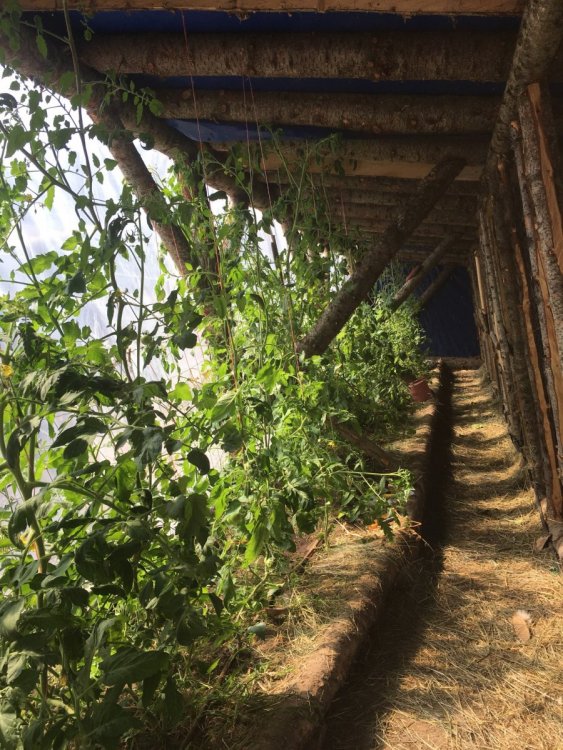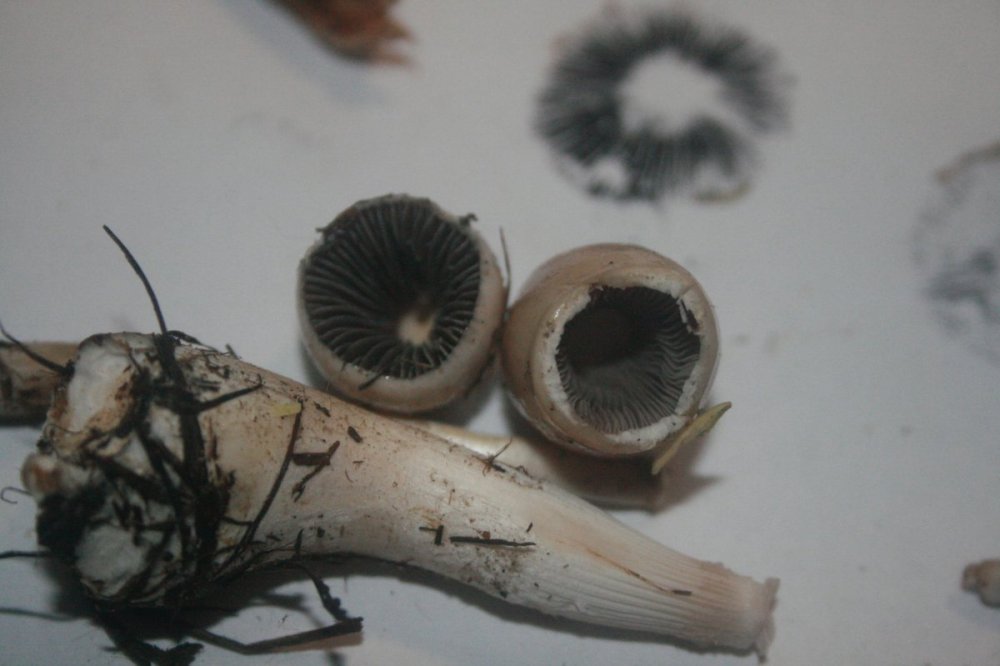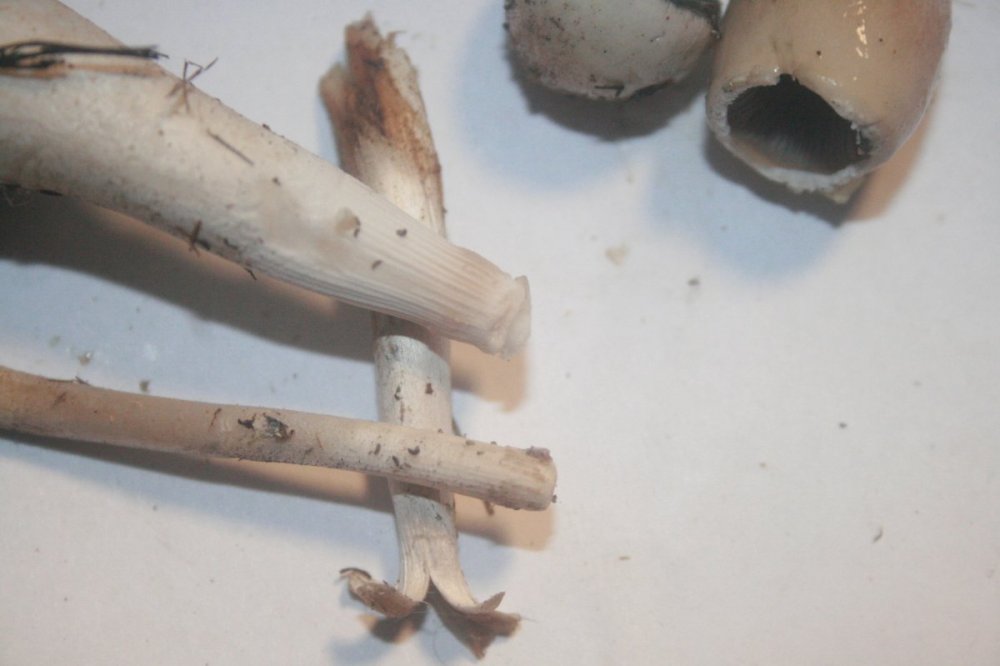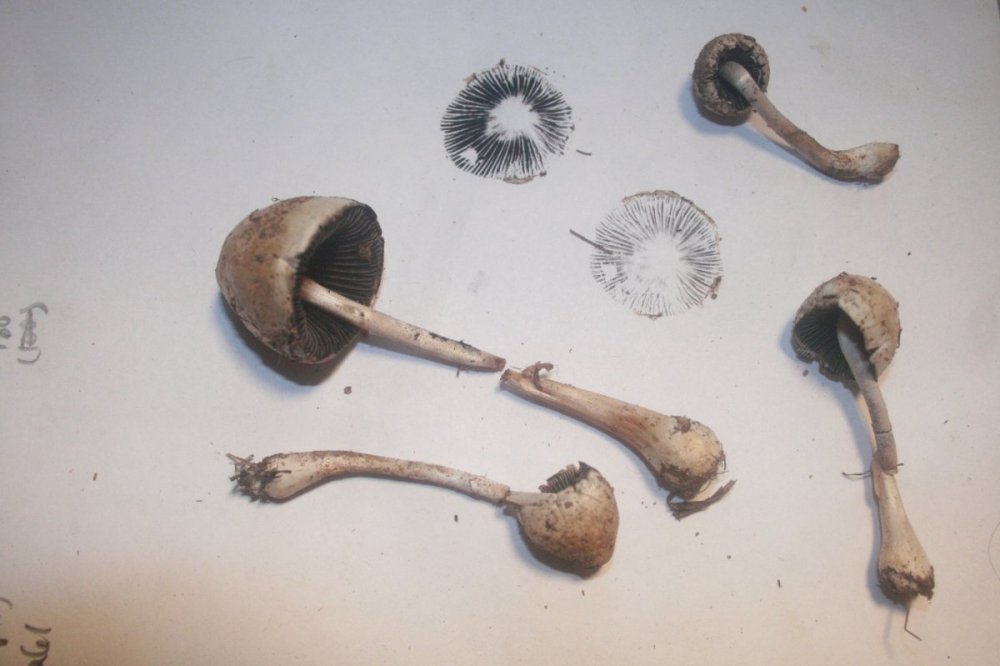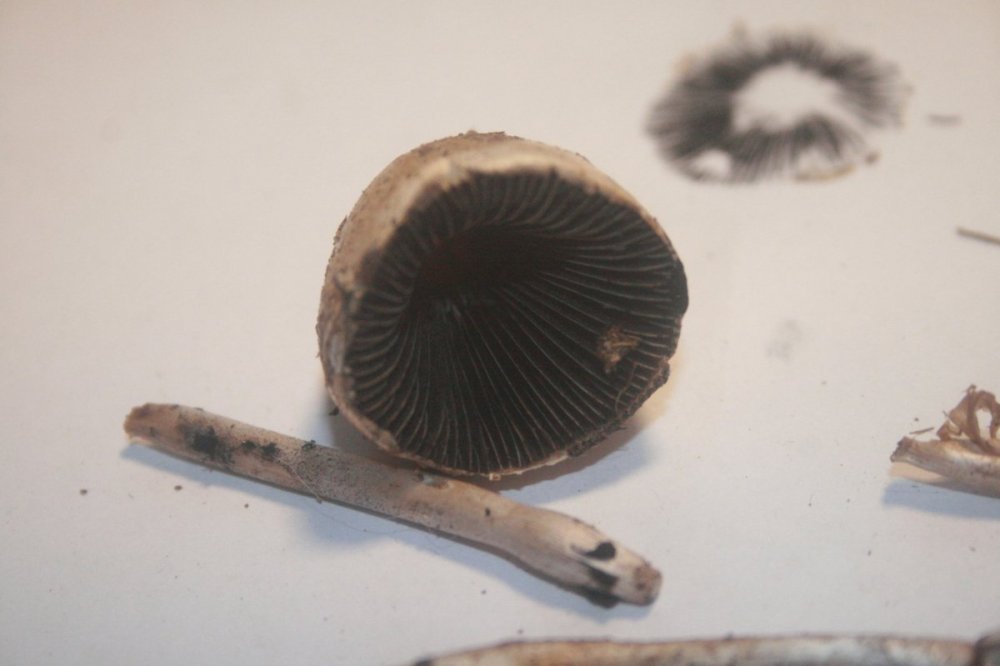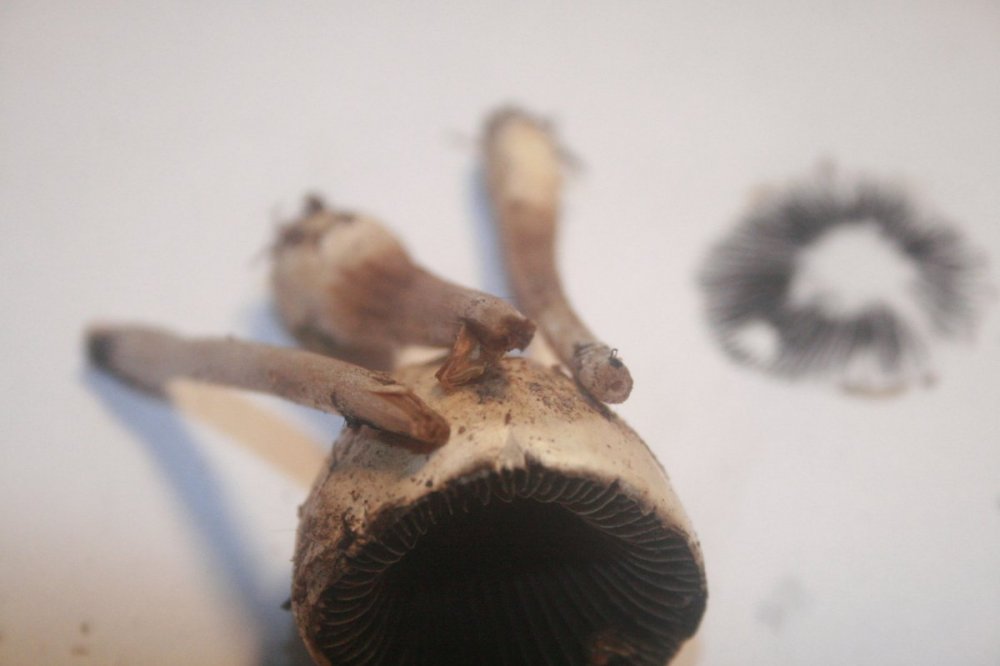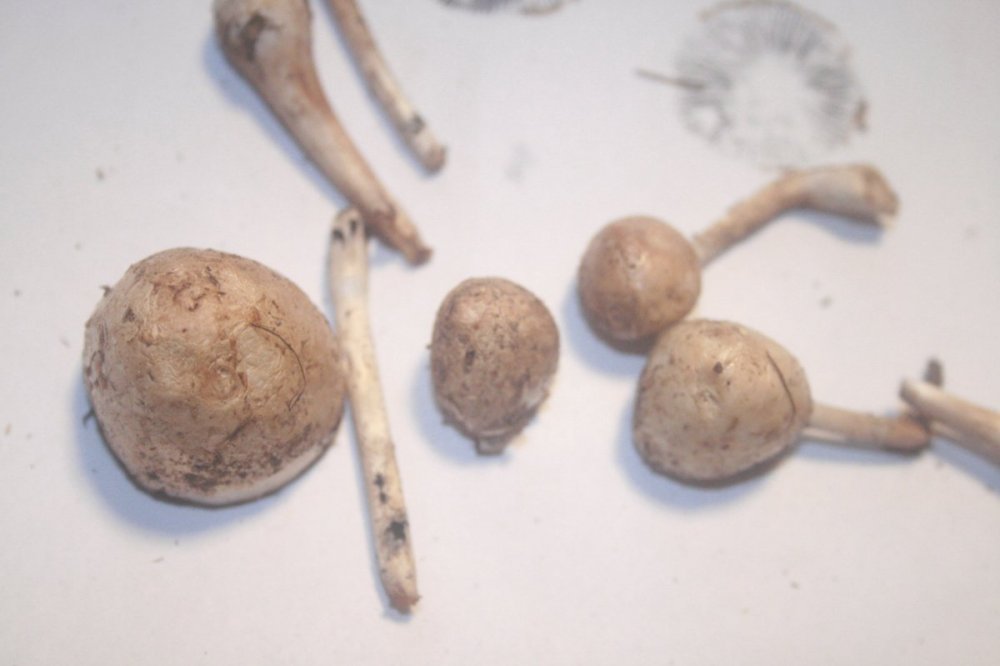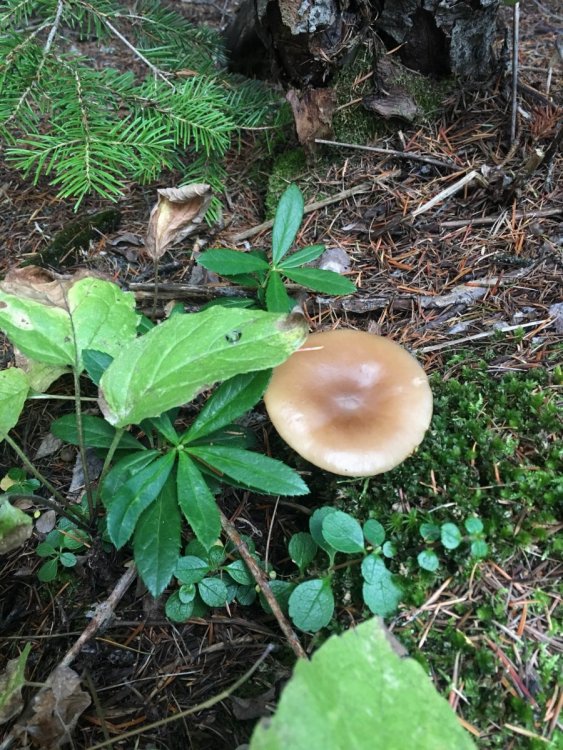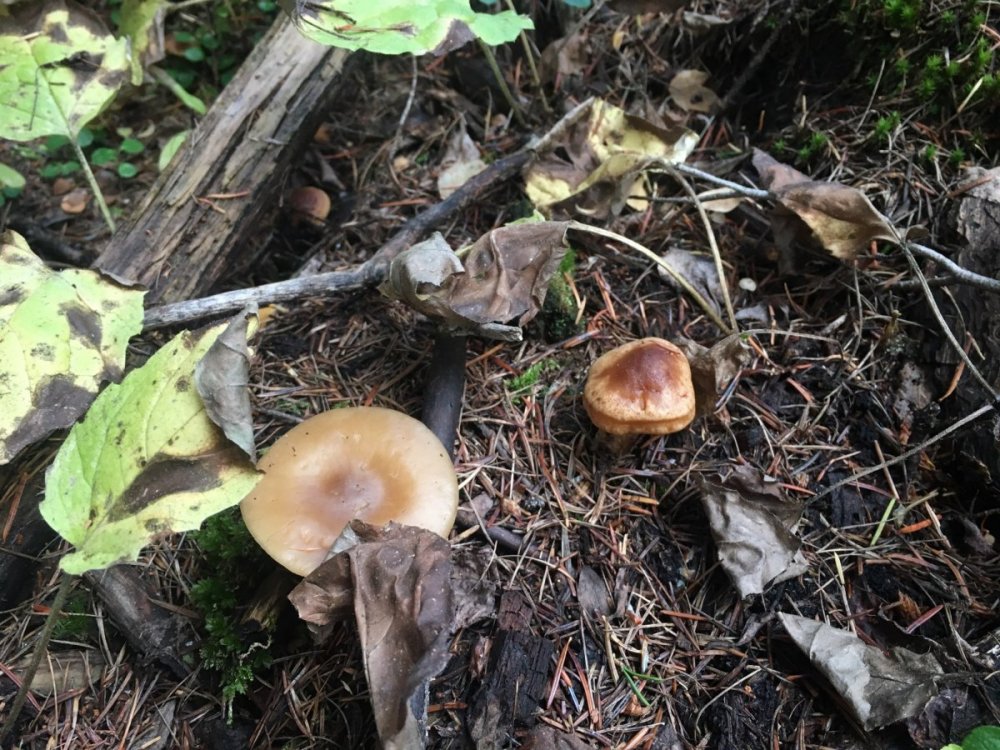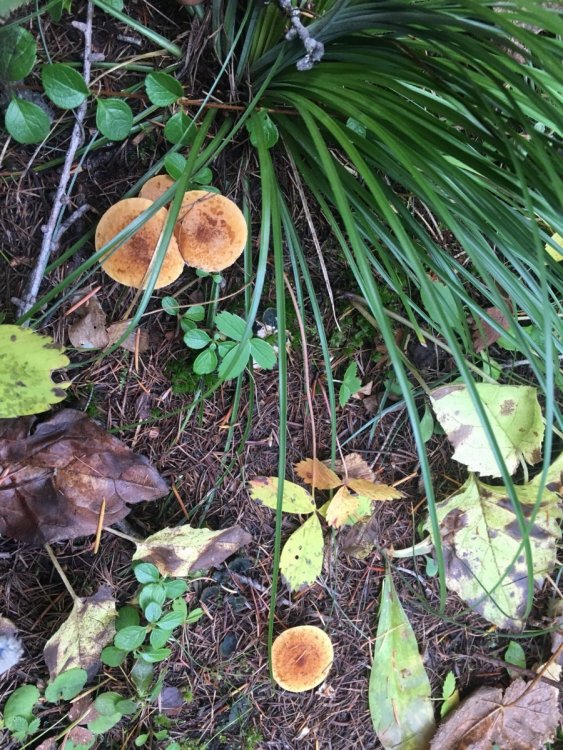

Pinecones
Members-
Posts
61 -
Joined
-
Last visited
Profile Information
-
Location
Western Montana
Recent Profile Visitors
The recent visitors block is disabled and is not being shown to other users.
Pinecones's Achievements

Pleurotus Junior Member (2/5)
-
Pinecones started following panaeolus semiovatus? and A compilation of chemical constituents?
-
I only just noticed this forum section. As someone who works actively with herbal medicine, I was excited. But then a bit crestfallen to find the forum mostly-dead, with the most active posts sort of poo-poo'ing medicinal mushrooms. I find that the best approach to herbal medicine is in understanding what chemicals a plant or plant's specific part is made up of. This is how herbal medicine works, and mushrooms are no different. Claims of cancer-curing "properties" are vague at best. However, if the mushroom acclaimed to have cured cancer has a good concentration of known cancer-fighting compounds, then we're on the right track to understanding what's really going on. Medicinal mushrooms are no more 'bad science' than herbal medicine is. The problem is hype and misinformation on both sides of the debate. I have seen "Herbal Healing" books that make the strangest and wildest claims bordering on myth and legend, with no supporting evidence. I've also seen WebMD articles that make wild claims about how dangerous an herb is to use, then when I follow their sources they're citing magazine articles, or isolated studies of the effects of mega-dosing on a single chemical compound, which happens to be one of dozens of compounds contained in this plant, which means that you will never consume enough of this plant's extract or infusion to rival the doses of a single compound used in the study that produced negative health effects- but they're still going to cite this study to make a baseless claim that drinking a cup of tea might destroy your liver, or some other nonsense. Always investigate the citations, folks! Any site can summarize a source's information however they want as long as they cite it. A good herbal book or resource will break each herb down into its chemical components, which are the keys to understanding its medicinal applications. It's true, not a whole heck of a lot of research has been done in the realm of the chemical composition of millions of species of flora. It's an under-appreciated field, in my opinion. You can essentially pick apart an herb's medicinal properties, not unlike a medication's, by identifying it's chemical activity and modes of interaction with the body. After all, many medications are comprised of concentrated compounds found originally in healing herbs, molds, and fungis. So, I was thinking- maybe this thread could be livened up with some factual foundations! Does anyone know of some good resources for reports on the chemical constituents of various mushrooms? Common, popular, or otherwise? If we could compile some resources here, it would help to shed light on the reality of mushroom medicine and help to better educate folks :)
-
Hits the nail on the head! Fantastic, thank you I wouldn't have guessed they'd be poisonous to boot!
-
I poured through 6 ID books and found nothing on these little guys! They are a solid rich royal purple when the cap is very young (and I mean royal purple!), fading to a soft lavender/grey at full size, then almost to a white color in older age. The mature cap develops a "ringed" color tone, with distinct light/dark rings. The umbo on the cap develops a grey/tan/brown hue on the older specimens. The caps are egg-like when young and richly pigmented, ending with an almost flat surface (except for the umbo) at maturity. (hopefully umbo is the right term, that's what my brain is conjuring; the little 'nipple' in the middle of the cap that pokes up). The caps and stipes are equally pigmented. The caps are somewhat fragile, but solidly connected to the stipe; they will tear off and shred, rather than pop off in one piece. The stipes are hollow and sturdy, fraying into fibrous strips when you try to break them open. No signs of rings or veils. On white printer paper the spores are about as pure white as the paper (can't see the print unless you hold it to directional light). Growing in old conifer humus in a very damp, cool forested draw. It's been very rainy. Montana, zone 4~. Growing in groups, but the individual mushrooms are not clustered at the base. The largest average 2 inches tall with a 3/4 - 1 inch cap. The camera didn't pick up the purple in the mushrooms. I don't have any of the rich royal purple baby mushrooms in the photos. They're very pretty!
-
We're in zone 3, but these are in a greenhouse that only freezes when it's single digits out. The grow beds are amended heavily with rabbit and pig manure. We recently were hitting 50-60ºf, and the greenhouses can get over 80ºf in direct sun. Though we woke up to an inch of snow today. Winter had to have one last hurrah.
-
Thank you for your input, Dave! Always neat identifying the volunteer fungi growing around us!
-
Reading on p. antillarum, same reference; "[Cap color] whitish to greyish at first, soon darkening to mottled blackish." < Definitely no grey or black in the patch. "[Stipe] equal to slightly enlarged, and curved at the base, solid, and somewhat twisted." < not really solid or twisted in what I've dissected.
-
Edit/Redo; I just harvested a few more and figured I'd edit this one instead of posting a new comment. I felt pretty confident in my memory of the first mushrooms having a ring. But the ones out there today do not. And the first ones don't in the photos I took. Hm. So what's out there is looking old, except this huge one that was growing alone in the same bed about 3 feet away. It's just a baby, probably would've made a hefty mushroom! Other than it's comparatively freakish size, it's got all the features the first ones have. And it has a white center! Not a nice clean break of the stipe like the older ones. It's fibrous and didn't want to break in half but was white inside. The older ones were brown inside. Here are photos of the ones I just plucked. You can better see their wet caps and waving texture.
-
I have no intention of consuming these, at all. I've been trying to identify what's coming up in the gardens. The photos are of specimens I collected yesterday afternoon, they're getting dry and shrively now. There are more growing in the garden, these were just the biggest ones I took for ID. If need be I can take photos of fresh ones, too! I found what looks like "egg head" mottlegills growing in my heavily manure-fertilized (mostly rabbit and pig manure) grow beds. It fits the non-microscopic description of the species in Paul Stamet's Psilocybin Mushrooms of the World, EXCEPT that the interior of the stipe on all specimens collected was juicy, brown, with a tiny hollow hole down the length of the stipe. The stipes were not fragile, but snapped cleanly when bent. His description as follows: "Equally to slightly enlarged at the base; solid becoming tubular, and stuffed with a fibrous whitish pith.". I'm not a "try to make it fit" person with identification. The mushrooms look nigh identical to species images, including those from the book. I'm curious if there are sub species/relatives of this mushroom that might explain its juicy brown interior? Maybe it's something entirely different? Spores are black. Cap is slightly moist/shiny and broadly dimple-textured. Like, the surface is slightly wavy all around. They are a buff color when fresh, darkening somewhat near the center. The stipes were more of a beige/buff color when fresh. Caps remain egg shaped in both young and old specimens. Stipes pop out of the cap with a tug, like a socketed joint, versus being fibrously attached to the cap. Gills are attached to the stipe though, you can see evidence of torn gills at the top of the removed stipes. Bottom of the stipe is bulbous and smooth. Smells fresh and mushroomy. Nice sturdy, crisp mushroom. No staining observed with bruising.
-

Large dark chocolate brown toadstools
Pinecones replied to Pinecones's topic in Identifying Mushrooms
Yeah I didn't think they were the same mushroom. Definitely moist and wet. We had a light snow that hit these mushrooms and melted off. The spore prints were taken on white paper. I know foil is better but that's what I had on hand for taking a print. The print looked clear and normal, but I suppose maybe it's possible that the spores leeched some pigmentation from the cap? It didn't look like that to me at all though. The spores didn't appear moist, were evenly yellow-ed, and the cap was not soggy nor sticking to the paper not apparently transferring moisture to the paper. -
Good info, thank you! The closest I might have to that would be wet hay. Best case scenario they establish. Worst case they don't Here's to trying!
-
I will keep looking. I was really taken with these mushrooms; the caps are so unique and colorful! The yellow rings are something I've never seen before on a cap.
-
Very cool! Thanks for the info! I will do more research on them. Yet another species of mushroom totally new to me I'm enjoying learning about them all and putting 'names to faces' so to speak with my local mushrooms!
-
yes in researching the species suggested I've learned that both are dangerous, as are many other small parasols
-
Interesting information, thank you! We do have stinging nettle patches that crop up around here, usually around the creeks and streams. About how deep ahve you planted the butts? I have enough to seed in many different places and see if anything comes of it. Are they fond of manure? Or just plant matter as fertilizer?
-

Large dark chocolate brown toadstools
Pinecones replied to Pinecones's topic in Identifying Mushrooms
Funny, I suspected such a dark uniquely colored mushroom to be easily identified! Ah, what little I know The spore print was definitely yellow-ish. I was surprised; I was expecting a brown spore print since the mushroom was so dark. What I'm seeing of armillaria tabescens looks a little bit more like these others I found, though granted their gills seem whiter than a. tabescens should be? I also found a clustered mushroom that looks like armillaria tabescens, I'll try to get the photo off the camera tonight. But the size difference here! Is it normal for a. tabescens to vary so drastically in size? I'm looking into a. ostoyae at the moment. It seems to be larger and darker to begin with. I'm totally new to armillaria here, just investigating










